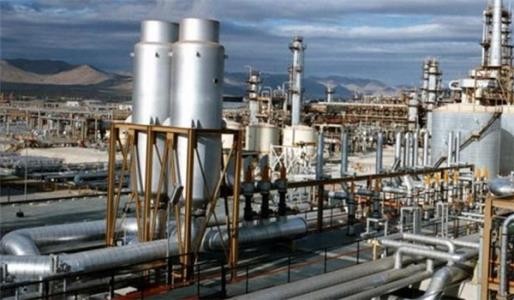Coal-to-chemicals grows in China, technology exports considered

China’s use of coal-to-chemicals technology is poised to become a significant part of the country’s feedstock mix, with analysts at a recent industry conference also raising the possibility that the technology could be exported.
The Chinese have successfully converted coal to olefins at a cost of $20 to $25 per ton at facilities in remote coal-rich regions, although questions remain about the environmental impact of the technology and the logistics of getting it cheaply to the finished goods factories along the country’s more developed coast.
At least that was the consensus that emerged from delegates and analysts speaking at the Asia Chemical Conference, sponsored by IHS Chemicals, Nov. 5-6 in Singapore.
China has 10.1 billion pounds of coal-to-olefins plants in operation, 15.3 billion pounds under construction to be completed over the next two years and a further 33.1 billion pounds under planning, according to Paul Pang, vice president of greater China at IHS Chemicals.
He said 40 percent of olefin production in China could come from unconventional feedstocks like methanol, coal and propane dehydrogenation by 2020.
“This is up from 20 percent in 2015, and up from a rate of nearly zero percent of olefins coming from unconventional sources just five years ago,” Pang said.
The Chinese are running their plants at full capacity profitably even though crude oil prices have come down drastically, making hydrocarbon-based feedstocks cheaper, he said.
Pang said he has visited almost all of the Chinese coal conversion plants, saying they were neat and clean, although he acknowledged concerns about carbon dioxide emissions.
He also raised the possibility of China exporting coal-to-olefins technology, a point that other delegates at the conference said could fit in with China’s plans to develop the new Asian Infrastructure Investment Bank as a source of technology exports.
Delegates suggested that coal-rich countries in Asia like Indonesia and some places in Eastern Europe could benefit from the modified Chinese technology.
In that analysis, Beijing sees the technology as helping some weaker economies avoid defaulting on debt payments, indirectly helping manage its monetary issues.
One Western analyst at the conference, speaking anonymously because of the sensitivities of the AIIB, said coal-to-chemicals could be seen as a good way to help countries reduce energy imports.
In an interview at the conference, Pang said Chinese investment in coal conversion to liquid and chemicals could slow down.
In prepared comments for the event, he noted that IHS expects investments in unconventional olefins production to peak this year at more than $20 billion.
Some delegates at the conference also raised questions about the environmental impacts of the coal to olefins technology, including disposing of sludge from CTO facilities, although all spoke off the record, saying it too sensitive to be seen as speaking publicly for their companies.